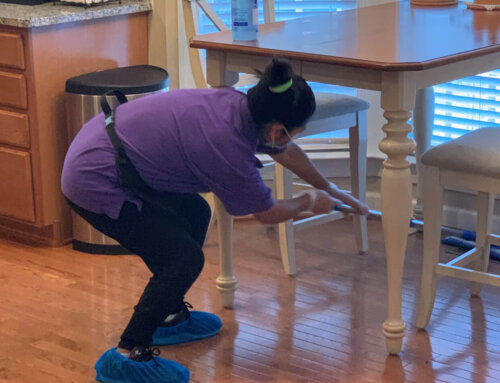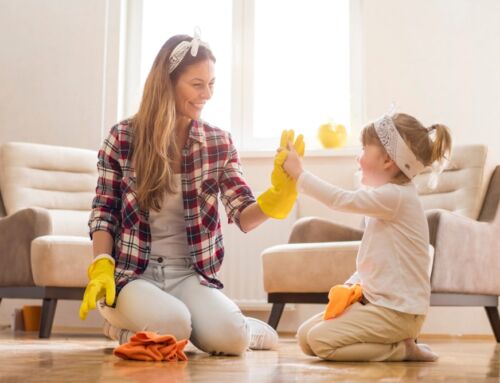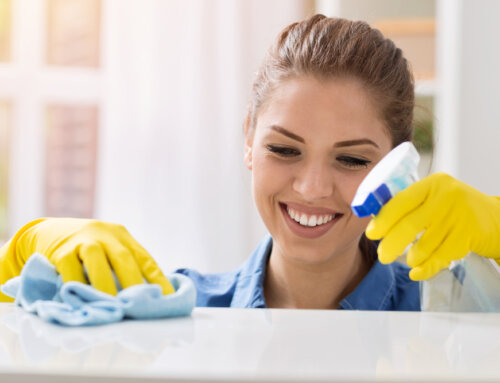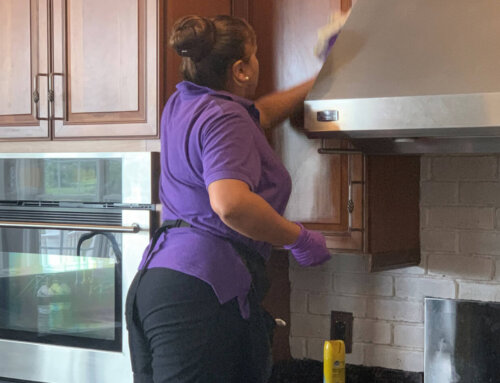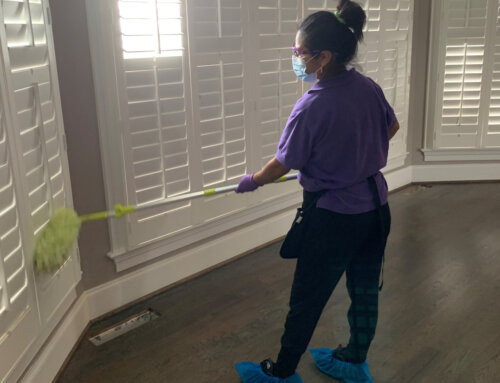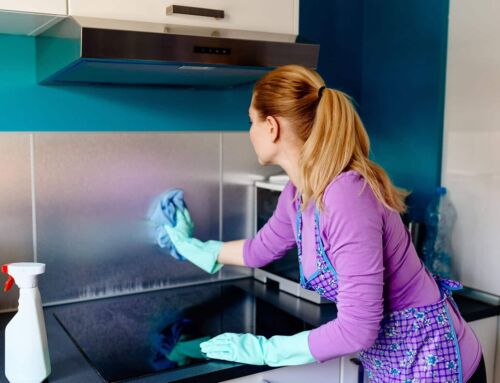
The Science of Spring Cleaning: How to Banish Allergens and Breathe Easier
- Spring cleaning improves indoor air quality by removing dust, pollen, mold spores, pet dander, and other allergens.
- HEPA vacuuming and HEPA air purifiers capture tiny particles, significantly reducing airborne allergen load.
- Deep-clean techniques—steam-cleaning upholstery, washing bedding weekly, and duct cleaning—target persistent allergen reservoirs.
- Routine maintenance—regular dusting, vacuuming, ventilation, and HVAC filter changes (1–3 months)—prevents allergen buildup.
- Professional services and choosing the right filtration (HEPA, activated carbon, UV) offer effective, lasting allergen removal.
Spring brings not only blooming flowers and warmer weather but also a pressing need for a thorough cleanup. As the sun shines brighter, it illuminates the dust bunnies lurking in corners and the pollen settling on surfaces, exacerbating allergies and impacting indoor air quality. In this comprehensive guide, we delve into “The Science of Spring Cleaning: How to Banish Allergens and Breathe Easier,” uncovering the secrets to creating a healthier living environment for residents in Fauquier County.
Understanding Allergens in Homes: Indoor spaces harbor a myriad of allergens, from dust mites and pet dander to mold spores and pollen. These microscopic invaders trigger allergic reactions, leading to sneezing, congestion, and respiratory discomfort. Understanding the sources and health effects of these allergens is paramount to effective allergen removal.
The Science Behind Spring Cleaning: Spring cleaning isn’t merely about tidying up—it’s a science-backed approach to improving indoor air quality and alleviating allergies. By eliminating dust, dirt, and allergens through deep cleaning, we can significantly reduce the allergen load in our homes, fostering a healthier environment for ourselves and our loved ones.
Expert Techniques for Allergen Removal:
- Decluttering for Dust Reduction: Clearing clutter minimizes hiding spots for dust and allergens, making them easier to remove.
- Vacuuming with HEPA Filters: High-efficiency particulate air (HEPA) filters trap tiny particles, preventing them from circulating back into the air.
- Steam Cleaning for Upholstery: Steam effectively kills dust mites and removes allergens from upholstery and carpets.
- Washing Bedding Regularly: Laundering sheets, pillowcases, and blankets weekly prevents the accumulation of dust mites and allergens.
- Cleaning Air Ducts and Vents: Professional duct cleaning eliminates built-up dust and debris, improving air quality throughout the home.
- Using Natural Allergen Remedies: Vinegar, baking soda, and essential oils offer natural alternatives for cleaning and deodorizing, reducing reliance on harsh chemicals.
Choosing Air Purification Systems: When it comes to enhancing indoor air quality, investing in an air purification system can be invaluable. HEPA air purifiers, UV germicidal lamps, and activated carbon filters are among the effective options available. Consider factors such as room size, filtration efficiency, and noise level when selecting the right system for your home.
Professional Services for Allergen Removal: While DIY cleaning methods can yield positive results, enlisting the help of professional cleaning services offers added expertise and efficiency. Trained professionals utilize specialized equipment and techniques to tackle allergen removal, ensuring a thorough and lasting clean.
Maintaining Indoor Air Quality: Preventing allergen buildup requires consistent effort and diligence. Adopting daily habits such as regular dusting, vacuuming, and ventilation helps maintain a clean and allergen-free environment. Implementing seasonal cleaning routines, particularly during spring, prevents allergens from accumulating and ensures continued indoor air quality improvement.
The Impact on Health and Well-being: Improved indoor air quality translates to tangible health benefits. By reducing exposure to allergens and pollutants, individuals experience fewer allergy symptoms, improved respiratory function, and overall well-being. Breathing easier and sleeping better are just some of the positive outcomes of a cleaner, healthier home environment.
Creating a Healthier Living Environment: A commitment to regular spring cleaning isn’t just about aesthetics—it’s about prioritizing health and creating a sanctuary where residents can thrive. Beyond alleviating allergies, a cleaner home promotes relaxation, productivity, and peace of mind, laying the foundation for a healthier and happier lifestyle.
Common Misconceptions About Spring Cleaning:
- Myth: Spring Cleaning Is Only for Aesthetics: Contrary to popular belief, spring cleaning goes beyond surface-level tidying—it’s about improving indoor air quality and health.
- Misconception: Allergens Are Only Present in Dust: Allergens lurk in various sources, including pet dander, mold, and pollen, necessitating thorough cleaning beyond dust removal.
FAQs:
- Q: How often should I change my HVAC filters?
A: It is recommended to change HVAC filters every 1 to 3 months, depending on factors such as filter type and indoor air quality. - Q: Can plants help improve indoor air quality?
A: Yes, certain plants have air-purifying properties and can help improve indoor air quality by absorbing pollutants. - Q: Are air purifiers effective against mold spores?
A: Yes, air purifiers equipped with HEPA filters can effectively capture and remove mold spores from indoor air. - Q: How can I prevent dust mites in bedding?
A: To prevent dust mites in bedding, wash bedding regularly in hot water, use allergen-proof covers, and consider replacing pillows and mattresses if necessary.
Conclusion: In the pursuit of a healthier living environment, understanding “The Science of Spring Cleaning: How to Banish Allergens and Breathe Easier” is paramount. By implementing expert techniques for allergen removal and investing in air purification systems or professional services, residents in Fauquier County can transform their homes into havens of clean air and wellness.
Share this article
Follow us
A quick overview of the topics covered in this article.


